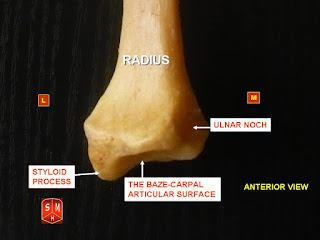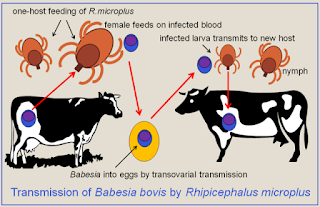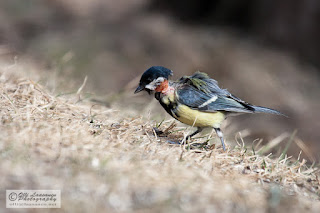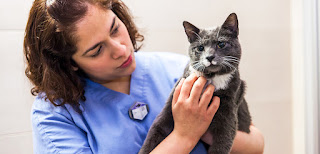Diarrhea in Dogs
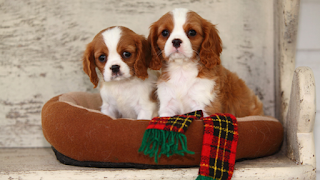
Diarrhea in Dogs DEFINITION : frequent and loose stool with or without straining and pain causes: scavenging behavior and eating every thing they find , stress, a sudden change in diet, or viral , bacterial or parasitic infections and worm infsetation Giardia , hookworms, roundworms and whipworms) some gastro intestinal diseases as liver failure or heart disease treatment : give the animal plenty of clean water to avoid dehydration . If needed, offer dilute chicken, beef broth or Pedialyte in addition to the water. Give the dog a small meal of boiled white meat chicken (no bones or skin) and white rice. This can be the dog's diet until the stool consistency returns to normal. If the diarrhea continues for more than 24 hours or your dog’s condition worsens at any time, call your vet immediately. For dogs with diarrhea who have vomited only once or twice: Remove all food for 12 hours. To avoid dehydration, offer the dog small amounts of water
